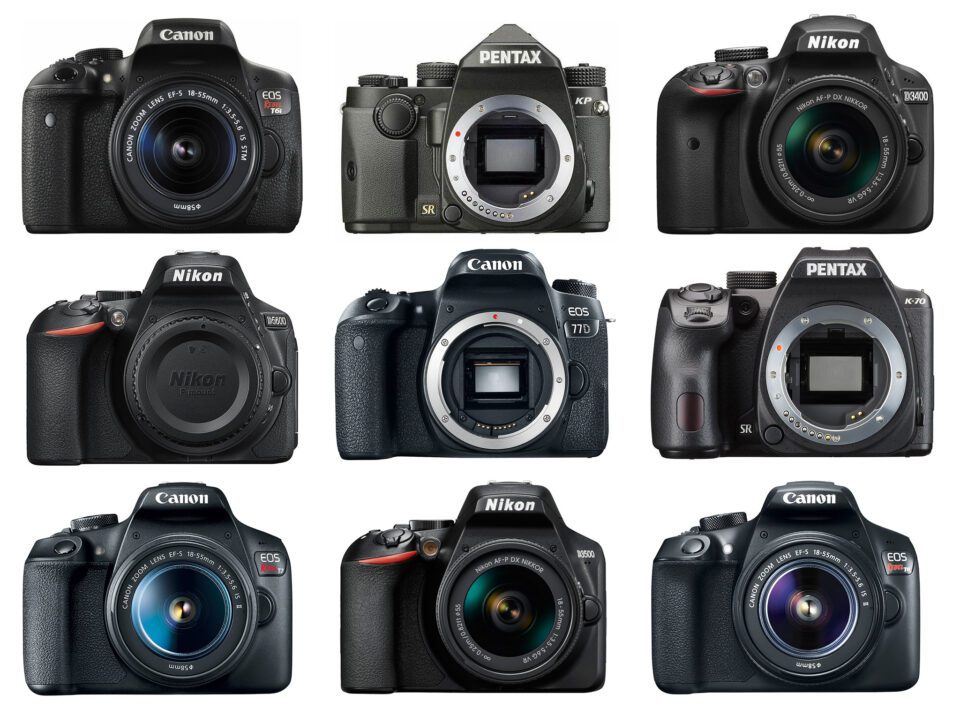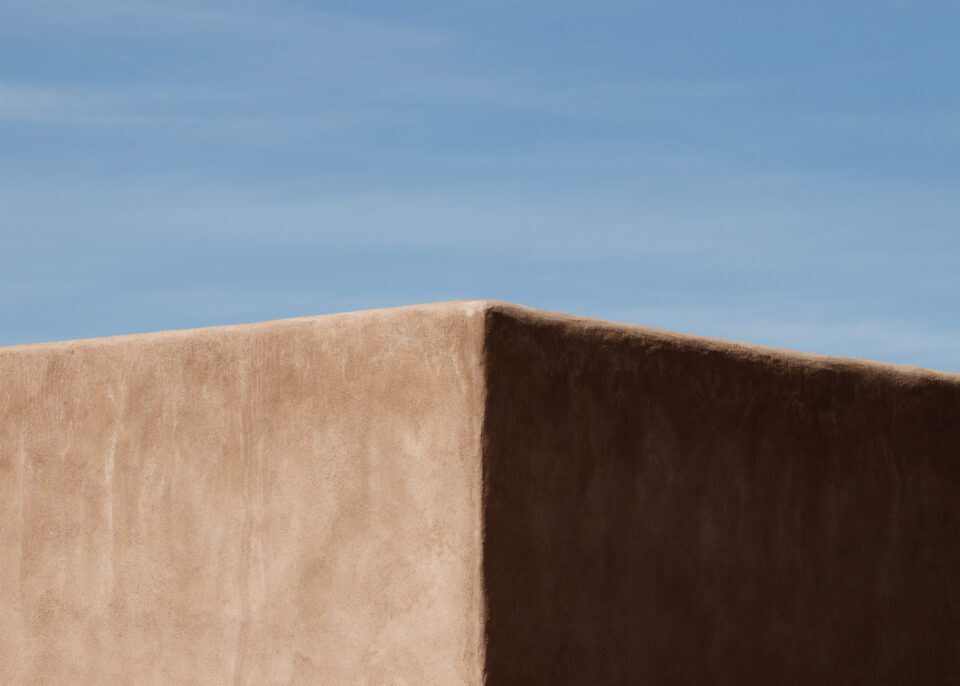
Ignoring price, would you rather have the Nikon D750 or the Nikon D5600? It’s probably no contest. Unless you desperately need the D5600’s lighter weight or tilt-flip screen, the full-frame D750 is ahead in every way. Okay, stop ignoring price. The D750 is cheaper.
Don’t take my word for it. Today, the Nikon D750 sells used in moderate to good condition for less than $700. Here’s a completed listing on Fred Miranda where it sold for $650. The Nikon D5600, on the other hand – thanks to some price increases over the last couple years – costs $700 new.
Sure, I’m comparing a new camera to a used camera. The D5600 used is about $350, which is obviously more reasonable. But that’s not the point. Don’t think about this from your perspective or that of a buyer. Think about it from Nikon’s.
Nikon earns no direct money when someone buys a used camera. They may earn some downstream money if the buyer decides to get lenses or accessories later (or the seller uses their earnings to fund a new camera), but it’s not a given. Nikon needs people to buy the D5600 for $700 new, or the entire low end of their market collapses. If a photographer chooses the D750 used, or the D5600 used, Nikon doesn’t get a cut of the sale.
Of course, even at the same price, some photographers would choose a new D5600 over a used D750. I know a few people who would never consider buying used for various reasons, such as a warranty. Others, depending on where in the world they live, don’t have a great used market in the first place. Still others are first-time photographers who may walk into Best Buy with a $1000 budget and walk out with a new D5600 + kit lens, not knowing about the huge used market that exists. But are those groups so big that Nikon finds it worthwhile to develop new entry-level cameras?

I’ve been talking about Nikon so far, but they’re hardly the only company where this applies. The Canon 5D Mark III sells used these days in good condition for about the same price as the Canon T8i new – $750. Would anyone seriously argue that the T8i is the better camera, except for the most narrow of use cases?
Again, I do think there are a few factors that can keep entry-level cameras selling for a bit longer. But those factors are dwindling. Concerned about a warranty? B&H’s used department has a 90-day warranty; KEH has a 180-day warranty. The used market is small where you live? Still true in some parts of the world, but much less so than before, and most eBay sellers ship worldwide if you’re willing to pay a bit extra.
That basically leaves “a general desire to buy new” (or ignorance that the used market exists) as the biggest reason to buy a new entry-level camera. Maybe in second place is a desire to buy an entry-level camera for a family member as a gift, and not wanting to give them something secondhand.
Powerful though those reasons may be, there’s a point for most photographers at which a good deal on a used camera outweighs the benefits of buying new.

It’s no wonder that we are hardly seeing any new entry-level cameras announced these days, especially DSLRs. The Nikon D5X00 series of DSLRs always had a frequent update schedule – 2009, 2011, 2012, 2013, 2015, 2016 – until it didn’t. The D5600 is the most recent camera in the lineup, and it was released in 2016. Whether there will ever be another is anyone’s guess.
Mirrorless is faring a bit better on the update schedule, but not by much. It’s been about two years since Sony announced an entry-level camera – the a6100 – and it’s at the upper end of “entry-level” anyway. (Arguably, the last Sony camera that truly qualified as entry-level is the a5100, which came out all the way back in 2014!)

I’m not making the quite same argument as Nasim did when he said that aps-c has no future. I think high-end aps-c cameras have a perfectly comfortable place on the market in the future, should camera companies choose to target it. And I’m only talking about the new market; the used market for entry-level cameras is probably never going to die. Today, if I needed a great $250 camera, I’d immediately look for something used in the Nikon D3X00 or D5X00 lineups.
But as time passes, and more high-end cameras of the past sell for the same price as entry-level cameras of the present, increasingly more photographers will choose the older gear. Personally, I’ve bought all but one of my cameras used and plan to keep doing so in the future. I know that many photographers are the same: no real qualms about buying used if the price is good enough and the seller reliable.
What does this mean for camera companies going forward? On one hand, it’s certainly not good news. Most manufacturers have relied on entry-level cameras to bolster their sales for years. By volume – though not always by profit – it’s the biggest market for almost every camera company.
On the other hand, it’s not a total loss. Nikon won’t earn any money directly if you buy a D750 used, but I’m sure they’d rather you do that than buy a Sony or Canon. A Nikon D750 owner will probably buy something new from Nikon eventually.
Camera companies can also make the most of this bad situation by finally adding more features to their entry-level cameras instead of artificially limiting them. If a hypothetical Nikon D5700 had 8 FPS and the 51-point focusing system, it would be worth considering over a used D750, for example. But history suggests this is probably unlikely to happen, as companies don’t want to cannibalize the rest of their lines. An alternative would be to sell entry-level cameras for much less, like $300 or so, but that seems even less likely.
As photographers, the biggest implication of all this is that we’ll see fewer and fewer entry-level camera announcements in the coming years. It might not be obvious in the mirrorless world right now, since companies like Nikon and Canon still need to fill out their entry-level lineup, but it’s already clear in DSLRs. Within a few years, I expect it to be the norm almost everywhere you look.

I should mention that this isn’t the only thing killing entry-level cameras. High quality smartphones are already encroaching on this territory, and we all saw how that went for point-and-shoots. Also, plenty of photographers who already have existing entry-level cameras feel no need to upgrade – as they may have in the past – because theirs is already good enough. (See the laughably small differences between 2012’s Nikon D5200 and 2016’s Nikon D5600 for an obvious example; few D5200 owners would have any reason to jump to the D5600.)
But the decreasing cost of used gear is surely one of the biggest factors that will kill, or at least severely limit, entry-level cameras. When a Nikon D750 in good condition costs the same as a new Nikon D5600 – itself a camera from 2016, hardly bleeding-edge tech – how many knowledgeable photographers will pick the D5600? And if the answer is “not many,” why would Nikon bother making a D5700 or D5800?
Every day, more high-end cameras from the past will sell for low prices used, and more photographers will realize it. As those trends continue, fewer people will be able to justify buying an entry-level DSLR or mirrorless cameras new – which means camera companies have little reason to invest in updating those lineups.